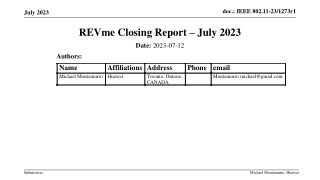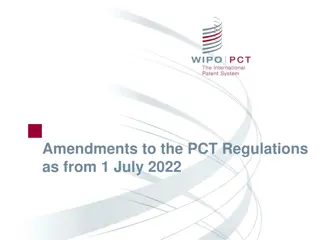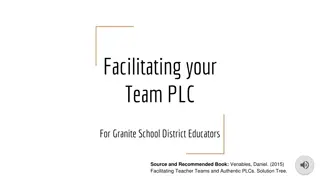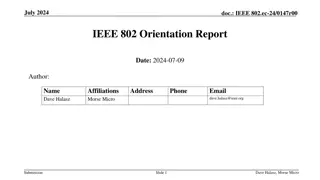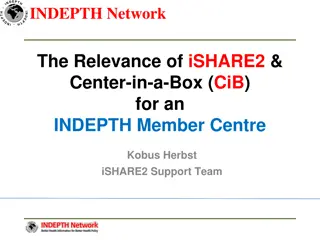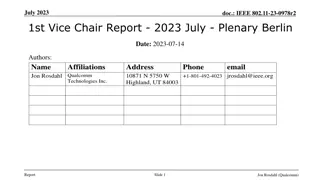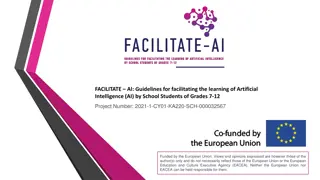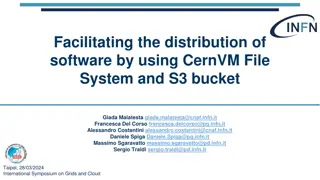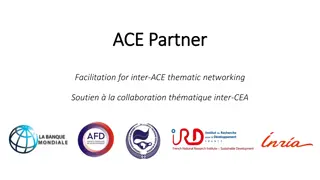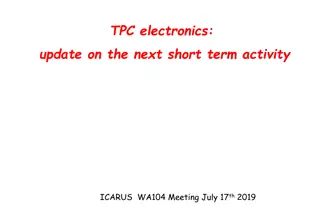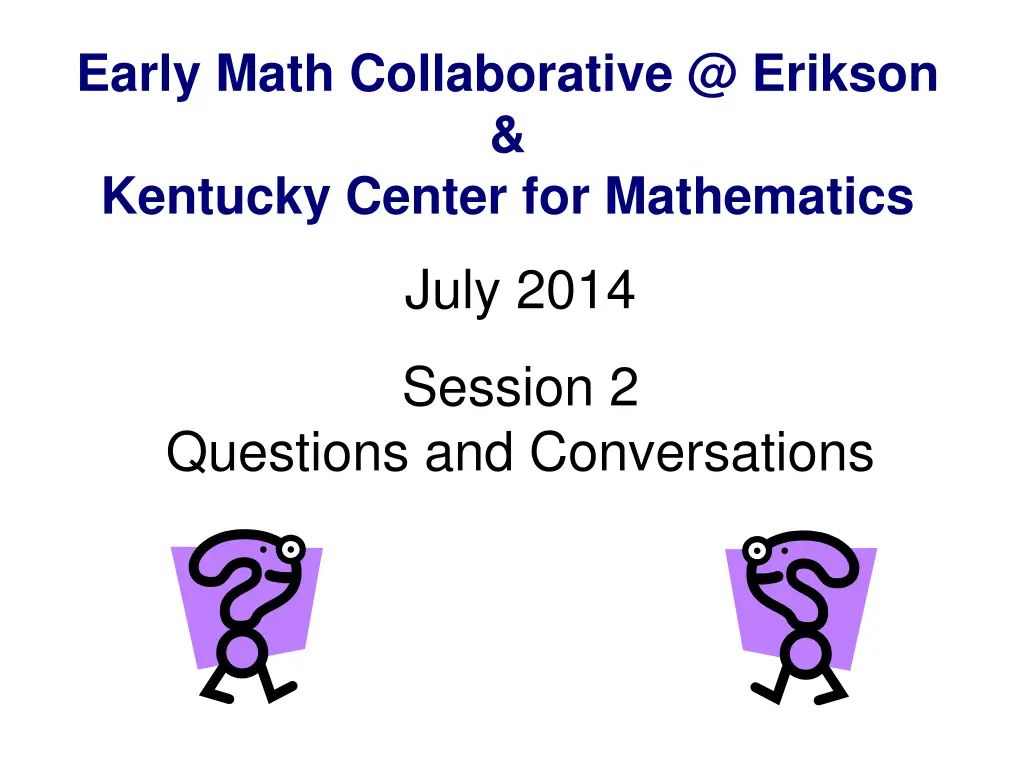
Understanding the Big Ideas in Early Math Education
Explore the key concepts and teaching strategies in early math education, emphasizing the importance of understanding over memorization. Discover how learners construct their own understanding through problem-solving and engaging activities. Learn the essential ABCs of teaching for understanding: Always Be Conversing, Always Be Connecting, and Always Build Competence.
Download Presentation

Please find below an Image/Link to download the presentation.
The content on the website is provided AS IS for your information and personal use only. It may not be sold, licensed, or shared on other websites without obtaining consent from the author. If you encounter any issues during the download, it is possible that the publisher has removed the file from their server.
You are allowed to download the files provided on this website for personal or commercial use, subject to the condition that they are used lawfully. All files are the property of their respective owners.
The content on the website is provided AS IS for your information and personal use only. It may not be sold, licensed, or shared on other websites without obtaining consent from the author.
E N D
Presentation Transcript
Early Math Collaborative @ Erikson & Kentucky Center for Mathematics July 2014 Session 2 Questions and Conversations
Eriksons Early Math Learning Labs Emphasize Teaching for Understanding Facts can be forgotten But we don t forget what we understand!
Lets Do Math What shape are your multiplication tables in?
Lets Talk About It How might this activity have changed your understanding/ feelings about the Times Tables? What about the way in which the activity was conducted might have affected your response? What is the relationship between understanding & skill in reference to the times tables?
A Big Idea for Teaching for Understanding Practice what you preach!! Teach them as you want them to teach Structure activities that give participants an experience of constructing understanding
A Big Idea for Teaching for Understanding Learners need to construct their own understanding by struggling with a problem situation that challenges them but is set at a level that makes success likely.
A Big Idea for Teaching for Understanding The Essential ABCs Always Be Conversing Always Be Connecting Always Build Competence
Always Be Conversing: Play Volleyball Not Ping- Pong LISTEN Be RESPONSIVE to what is said
Always Be Connecting: Math to Self Math to Math Math to World ( from Arthur Hyde: Comprehending Math)
Always Build Competence: Positive Disposition Growth Mindset
Emphasize Reflective Practice What did you notice about what we did? What might have been the intention or understanding this particular activity was designed to further?
Skills needed for teaching for understanding ! Use questions that move up and down the ladder of inquiry Facilitate conversations vs lecturing Guide the discussion so it remains focused
The way you ask questions determines if responses involve Thinking Problem-solving Constructing Understanding
Closed Questions Open and Shut YES/NO Rote Responses Ping-Pong Unlocked Level 1 Offer choice, extended response Feedback possible
Open Questions Level 2 Analyzing Compare/contrast; infer; categorize; Level 3 Evaluating & Synthesizing Higher order thinking; creative; personal connections
Questions are the Rungs on the Ladder of Inquiry We need to go UP & DOWN To keep the conversation going To get the job done To solve the problem
Try & Apply In groups of 3: Create a Ladder of questions/ prompts About sorting a collection of rocks
Facilitative Strategies Rephrasing responses; asking another participant to restate a response Non-judgmental and consistent use of question Why do you think that? Non Verbals Wait Time
Try & Apply Watch the Focus on the Child videos Sorting Rocks What facilitating strategies did the interviewers use?
Using Focus on the Child videos Set the context (interview vs teaching) Look for what the child does and says to show child is thinking/learning Positive rather than deficit approach Pay attention to non-verbals/body language To get discussions/conversations rich, use facilitative strategies, show a second time. Bring discussion to closure
Community Building Strategies Small group work mixed with whole group discussions Ask participant to rephrase or give an example of what facilitator said Ask participant to rephrase or give an example of what someone else said Signal showing agreement, understanding Thumb up, down Wiggle to show not sure Emphasis on problem-solving/process, not right answers
Try & Apply In pairs identify an example of The facilitative strategies Community building strategies you noticed being used today
Constructing Understanding is the focus of CCSS Practice 1: Make sense of Problems &Persist in Solving Them Learners: Teachers: Identify the important information needed to make a plan Demonstrate how to solve the problem using different representations (manipulatives, pictures, words, etc.) Monitor and check work throughout the process, question strategy & solution, and keep trying until has a clear understanding of the problem and solutions Model for students how to pull out important information and scaffold students ability to make sense of problem by asking questions and re-reading the problem carefully Provide access to materials using verbal prompts and visual cues, such as manipulatives and drawings, to encourage the use of different strategies Provide opportunities for students to explain their thought processes within their learning community by questioning, rephrasing, and modeling student thinking and encourage them to continue until they feel confident that they have done their best
Constructing Understanding is the focus of CCSS Practice 3 Construct viable arguments and critique the reasoning of others Learners Communicate answers and logical thinking processes using words, pictures, acting it out, etc. Teachers: Plan time for students to share and compare thinking (explain, rephrase, turn & talk, etc.) Identify confusions to discover clarity Model and encourage children to model thinking processes by thinking aloud, using words or pictures Ask useful, clarifying questions to improve understanding Model and encourage the asking of questions to clarify thinking Actively compare thoughts of others to own ideas
What evidence indicated the Learning Lab had the following goals? 1) Developing participants knowledge and understanding of current research and learnings about mathematics. 2) Direct training and practice in the use of the strategies and skills that are highly effective for supporting developing student s mathematical thinking and problem-solving.


